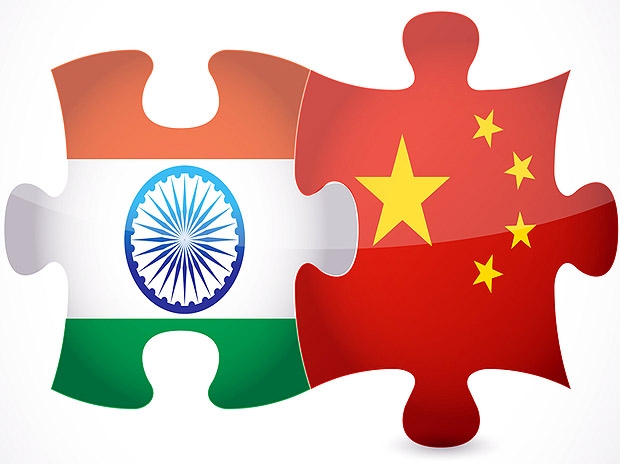New Delhi, July 1 (IANS) Chinese onslaught continues unabated in the Indian lending space, but the regulators have not tightened the regulations around it. Experts say that from a national security standpoint, the issues of beneficial ownership need to be probed. There are issues around data security, privacy and ownership of financial entities by Chinese owners (ultimate beneficiaries). If financial services are a national-security area, then the investments from Chinese pockets need to get fit and proper nod from the Reserve Bank f India. Their ability to fund cash is through the back-door and their hedging cost of capital is 6 per cent vs 15 per cent for Indian companies. Consumer lending in India in the last two years has seen many roadblocks with two NBFC and banking crises showcasing many opportunities for sub-prime and spurious lenders from China making inroads. These lenders hidden in the form of mobile app lenders started to offer easy and instant loans to the consumers, circumventing RBI norms of rational rates and regulatory framework function. Experts say gullible retail customer fall prey to ease of access to money later to understand the high interest rate, late fees and charges and unregulated collections practiced. The Trojans are being introduced across the board and hurting the local banking and FinTech disrupters which have to raise local capital and are regulated while the Chinese money trail is completely unknown and unregulated. India's rapidly growing FinTech sector appears greener to the Chinese companies because of a regulatory clampdown back home. Chinese lenders are facing regulatory heat in China due to restrictions on lending rates, no fresh licences being given out to lending startups and credit bubble causing ballooning NPAs. The sectors receiving high interests from the Chinese are consumer lending, instant personal loans, and peer-to-peer lending. Consumer lending as an industry has witnessed a huge boom in China in the last few years. FinTech companies Yirendai and Hexindai even successfully listed their shares on the US bourses. But, according to local industry executives tracking the consumer loans segment in China, the rapid growth also resulted in situations that saw interest rates spike up to as much as 100 per cent per annum. In late 2017, Chinese regulators cracked down on the micro-lending space, tightening lending rates to 36 per cent annually and withholding new licences for online lending startups. E-commerce giant Alibaba's Ant Financial registered a 74 per cent on-quarter drop in the consumer loans backed securities it sold in the March quarter, as per a Bloomberg report. The crackdown forced many FinTech companies to look beyond China in large markets such as India and Indonesia. These companies are reportedly interested in India's fledgling peer-to-peer lending and consumer financing sectors. Some companies that are operating in India are CashBean, operating as a NBFC PC Financial Services, WifiCash, operating as Chadha Finance Limited, and Cashin.co.in, operating as Rhino Finance Private Limited. KrazyBee raised Rs 216 crore till date in the form of equity and Rs 280 crore in the form of ECB from its holding company bases out of Singapore in which significant investment is held by Chinese entities and individuals. Shunwei Ventures also participated in the round. Zestmoney raised Rs 236 crore till date in the form of equity, and Xiaomi participated in the round. Oppo Finance (FinShell) acquired the BNP Paribas Sharekhan franchise and first launched a market place for financial services and is struggling to get an NBFC licence in India for a year now.
Chinese Trojans running amok in Indian FinTech
- by Rinku
- July 01, 2020 2 minutes

India and China Flags.










